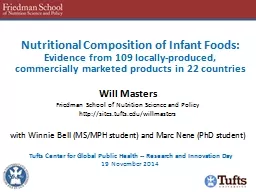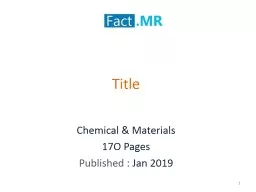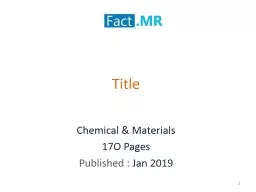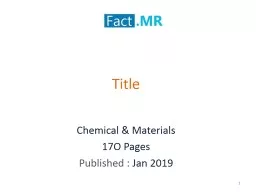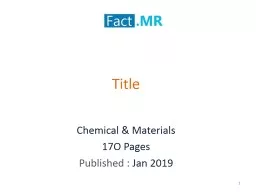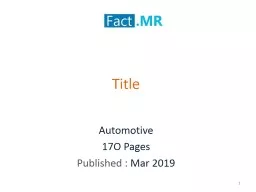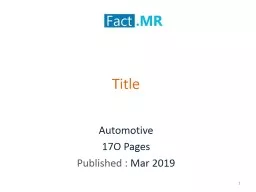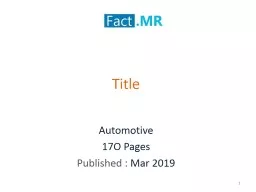PPT-The global market for
Author : karlyn-bohler | Published Date : 2019-11-09
The global market for fortified complementary infant foods Evidence from 108 locallyproduced commercially marketed products in 22 countries William A Masters with
Presentation Embed Code
Download Presentation
Download Presentation The PPT/PDF document "The global market for" is the property of its rightful owner. Permission is granted to download and print the materials on this website for personal, non-commercial use only, and to display it on your personal computer provided you do not modify the materials and that you retain all copyright notices contained in the materials. By downloading content from our website, you accept the terms of this agreement.
The global market for: Transcript
Download Rules Of Document
"The global market for"The content belongs to its owner. You may download and print it for personal use, without modification, and keep all copyright notices. By downloading, you agree to these terms.
Related Documents

